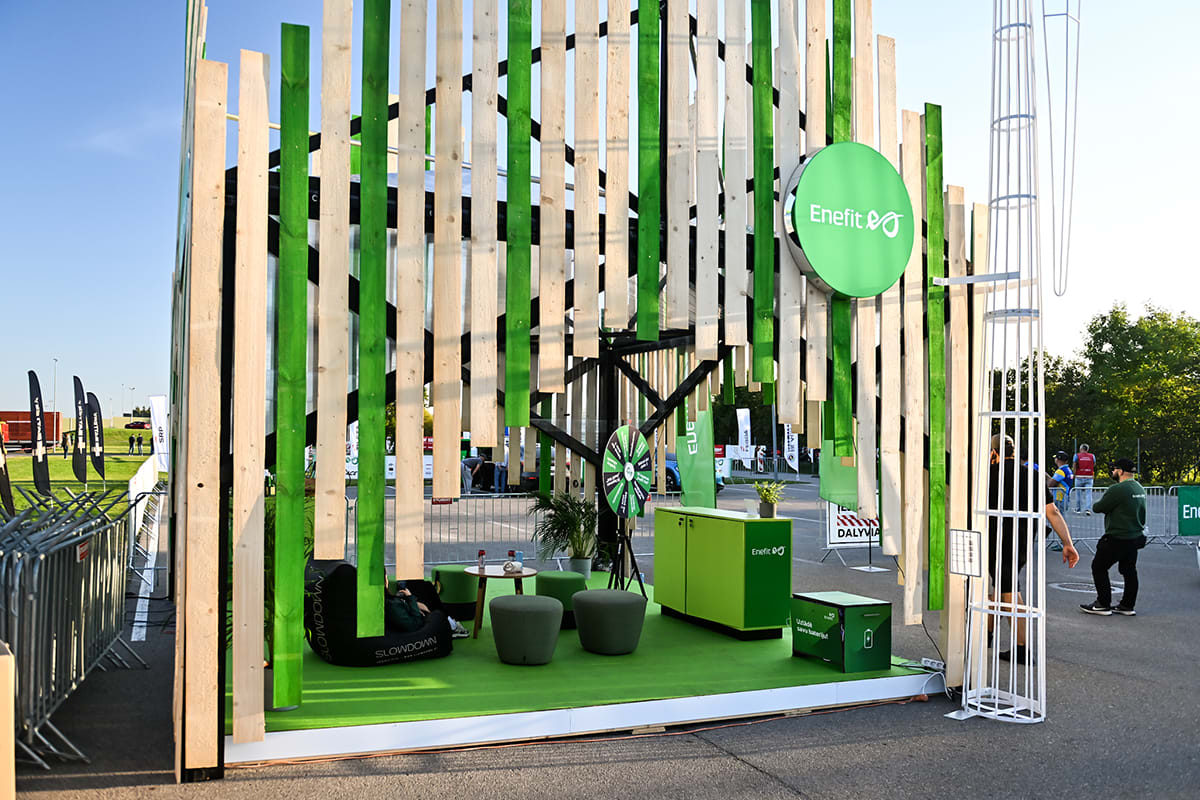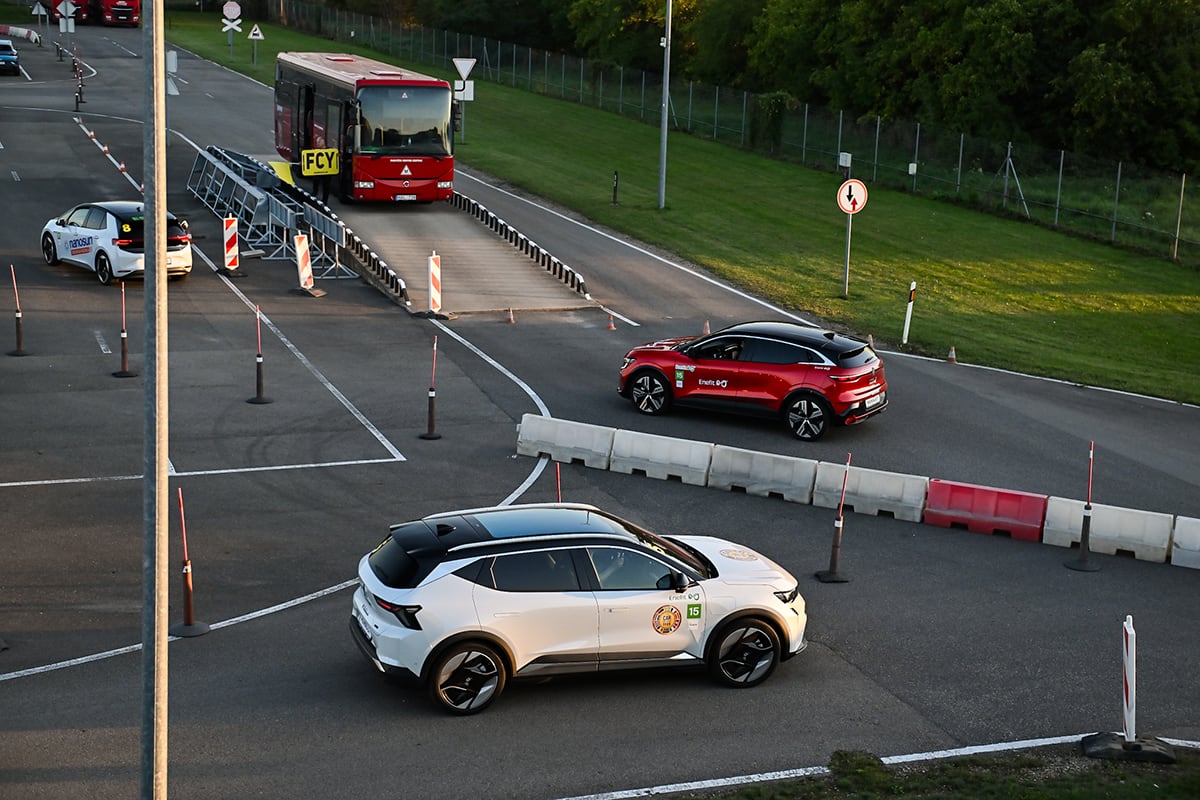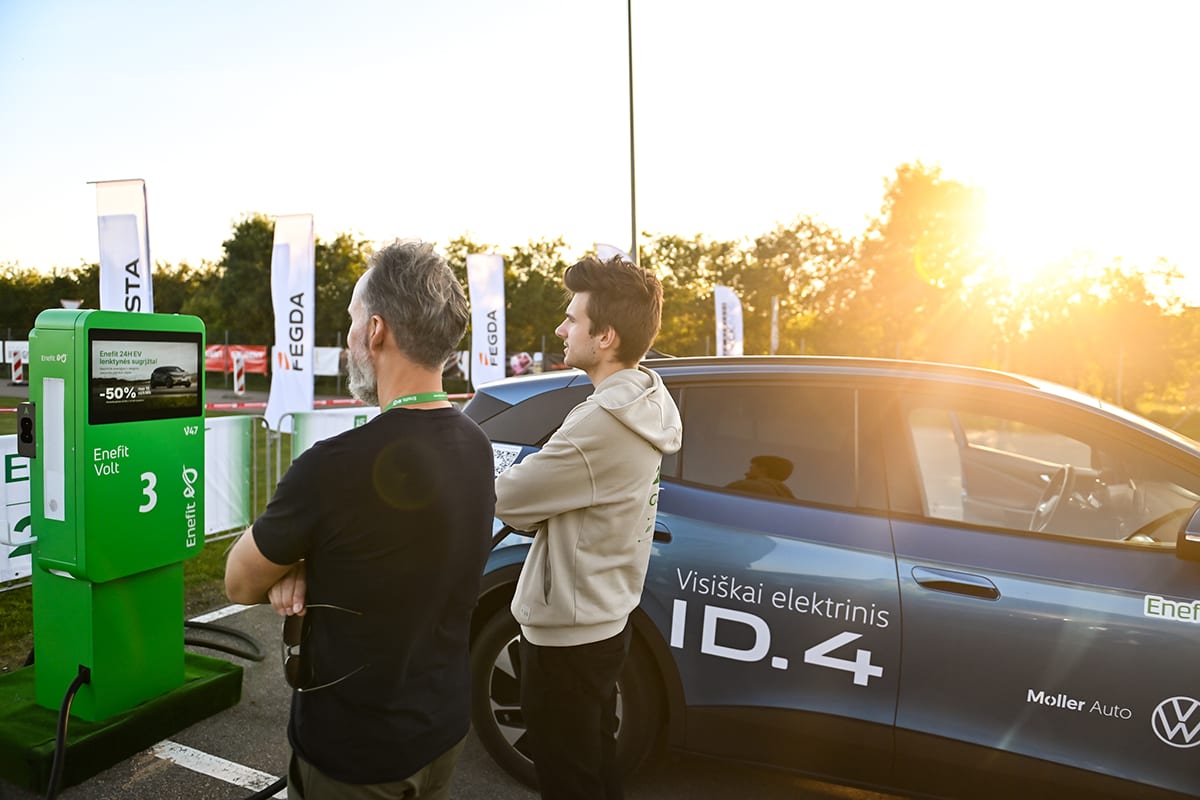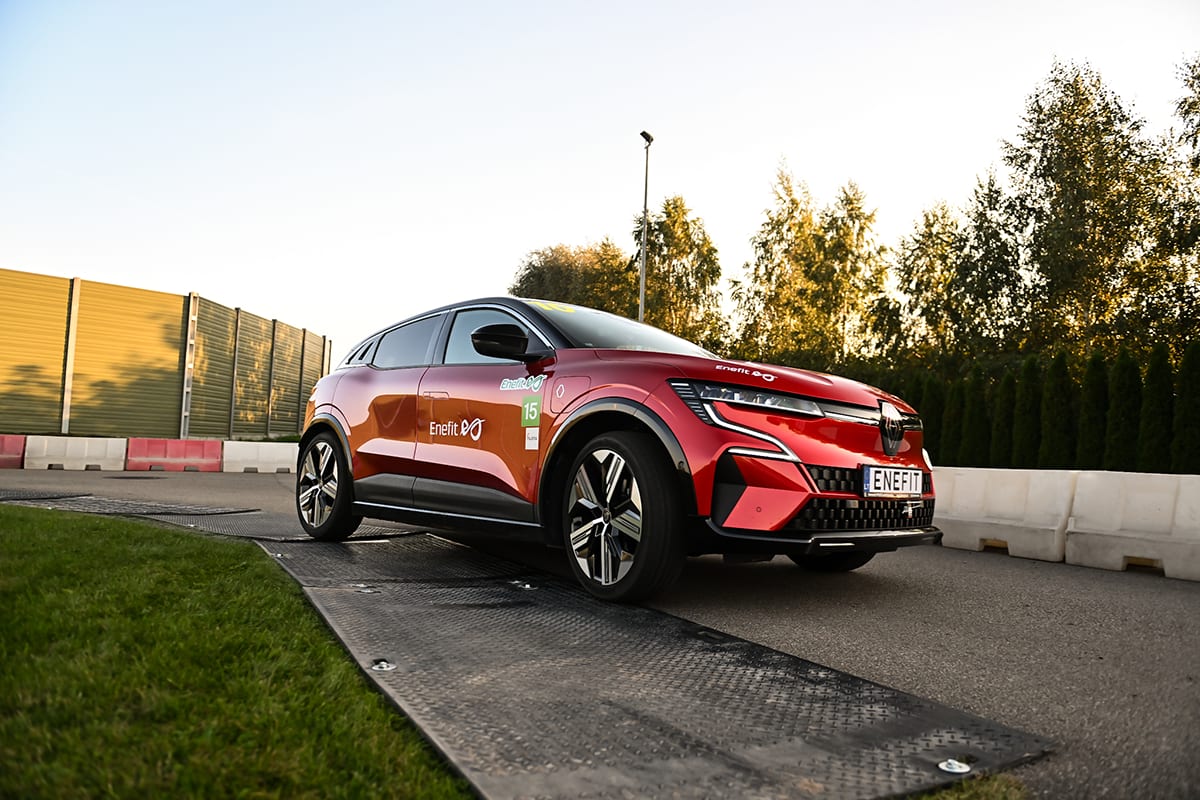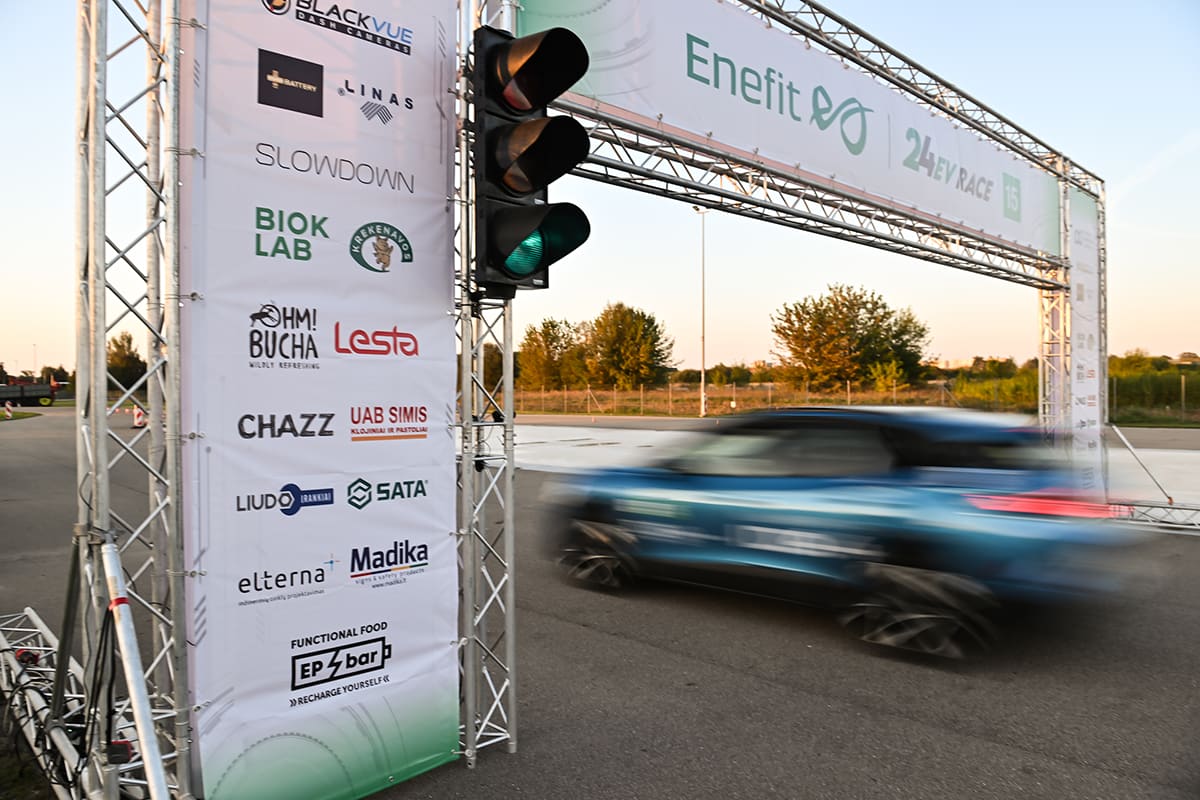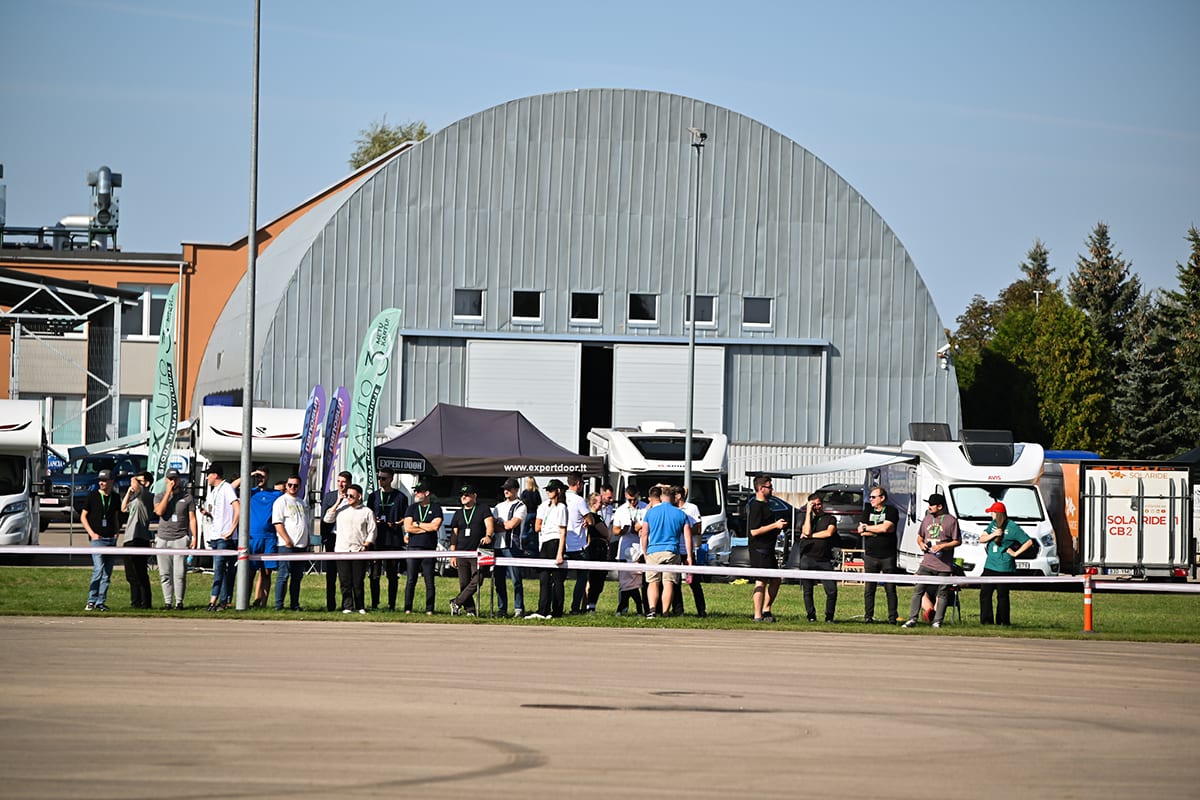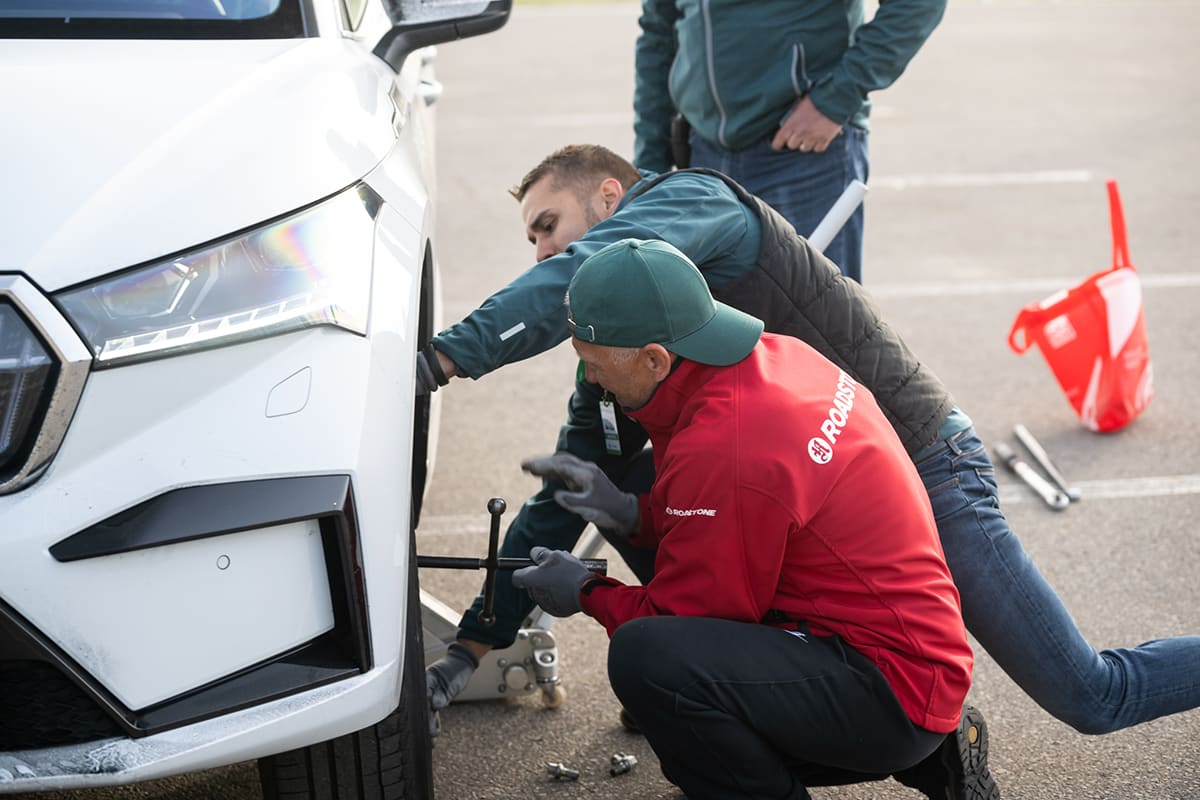Enefit's electric car race got the adrenaline pumping and brought together participants from all over the Baltics
The 24-hour electric car race "Enefit 24H EV Race" took place in Lithuania last weekend for the third year running. The race was attended by 11 teams, all with one goal: to cover as many kilometres as possible in a day.
Enefit had two teams of 6 participants, including colleagues from the Estonian and Lithuanian home markets. We were also joined by Solarride - a team of students from the University of Tartu, who have created a solar-powered car that should cover up to 1200 kilometres on a single charge.
During the competition, the teams had to demonstrate not only their driving skills but also their strategic intelligence. All the cars needed several charging stops, so timing the charges and choosing the right driving style played an important role.
According to Vytenis Koryzna, CEO of Enefit Lithuania, the main reason behind organizing such race is the belief in electromobility and its future. „We started supporting this event before we even sold and installed our first electric car charging stations. Now we have more than 100 public charging stations in Lithuania and are able to successfully support the participants in the race by providing green energy for charging around the clock," said Vytenis.
Kert Pääbo, Business Manager at Enefit Volt, and Sander Randver, Head of Energy Products at Enefit, also shared their emotions from the exciting and adrenaline-filled weekend.
The rally is now over and you have finished 6th and 8th overall as a team. How do you think the rally went?
Kert: As a rally driver I would have hoped for a better place than 6th, but all things considered we can be satisfied. Our race car was a Volkswagen ID. 4, which was not ideal for the frame of this race due to its size, higher than average fuel consumption and smaller battery compared to the machines competing for podium places. We started the race too aggressively on my part and although we were in first place by the first charging break, we were clearly running on too much fuel consumption. With each shift we learned as a team and shared experience and tactics on how to keep fuel consumption as low as possible while maintaining good momentum.
Sander: The Enefit 1 team did quite well at the beginning and we were able to quickly find the optimal pace, which helped save battery and at the same time ensured a good pace. In terms of battery consumption, we were significantly more efficient than Kert's team at the start of the race. That was until we discovered that the tires were very worn and in some places there were even wires sticking out. Each participant brought their own car – some came with their personal cars, teams from dealerships had their own demo cars, and others asked local dealerships to use their cars. Unfortunately, we didn't realise that tires wear out faster in this kind of competition format. This meant that we had to be extremely cautious and slow for the rest of the race. Therefore we couldn't make the hoped-for upturn in the race standings in the final shift. Overall we finished 8th and won our sub-group classification, where we were up against the Subaru BRZ electric race car from Elinta Motors. So in an electric endurance race, it's not how fast your car is, but how optimal your ride is.
How did you prepare for the race? Did you set a strategy beforehand on how to get the best possible result?
Kert: We agreed on a battery range, which we tried to keep. The initial swap was from 100% to 55%, and since the maximum charge time was 25 minutes from then on, we were able to charge from 55% to 80% most of the time in order to keep the charge in the optimum range in terms of charge rate. In the last shifts, we gradually reduced the charge level and ended the ride with only a few percent margin.
Sander: For our team, the plan was not to brake and accelerate too much, i.e. to make the most of the car's movement and thus maintain a constant speed and ideal trajectory. In the grand scheme of things, we wanted to start the last shift about 3 hours before the end of the race with a full battery and then go for the maximum and overtake the other teams during the recharges at the end of the race.
What was the most memorable moment of the race?
Kert: The most memorable moment for me was the start! It was the moment when all teams were still together and there was a lot of bustle at the start to get the initial lines of force in place. Initially it felt like the track was narrow and there wasn't a lot of room to pass, but once the track and profile were clear, more opportunities opened up. Driving an electric car from Tallinn to Lithuania was also worth the event by itself, and a testament to the increasing convenience of electric car travel across the Baltic States.
What is the biggest lesson you learned from this competition, both in technical and team-oriented terms?
Kert: That in endurance racing, consistently good is better than occasionally very good. An important key was also the immediate sharing of experience between the team members, which helped to make our driving style more and more economical with each round.
Sander: In technical terms, definitely tire pressure, tire pressure and tire pressure! Our car had a tire pressure of about 3 atmospheres when it was cold, and when it warmed up it could have gone up to over 4 atmospheres, which was probably our undoing. From previous experience, I have always carried a pressure gauge in my glove compartment, but this time I somehow didn't remember to check the tire pressures with warm tires at the start of the journey. Perhaps I underestimated that at an average speed of 60-70 km/h, the winding and technical track would still take its toll on the tires in the long run.
There was also a big contrast between the teams that had bought tires specifically for this race, which were a little more sporty, and the teams that were running on the most ordinary 'everyday' tires - a good tire is worth its price and it is in extreme conditions that such differences become apparent.
And finally – the Enefit 24h EV Race took place for the third year running this year. Why do you think such an event is important?
Kert: Our goal at Enefit is to make electric cars the preferred choice in all our home markets by offering better charging solutions. Today, many people still have doubts about electric cars, their reliability and charging. EV race is a way to show people what electric cars can do, and as we saw again this time, everyone finished successfully without any major technical problems. Motorsport appeals to many, and the entry of electric machines into the sport brings a new fresh breath of air.
Sander: Participating in the competition helped me personally realise that you can do some serious sport in this format and how strong the impact of battery recharges and timing is. It also gave me a lot more knowledge about electric cars in general, and made me realise that modern and new electric cars are very easy to drive - no worries about weight distribution or handling. It's events like these that help raise people's awareness of electric cars and show what they can really do.
Interesting to know!
Vytenis Koryzna, CEO of Enefit Lithuania
„9427 km and 1865 kWh of energy – that’s the result we achieved in the Enefit EV24 race! A quick calculation shows that for all 11 teams, charging on the Enefit Volt network would have cost only 653 euros (based on a price of 0.35 €/kWh).
For internal combustion engine cars, covering the same distance and race pace would have required 1400 liters of fuel, costing 1960 euros.
So, the math speaks for itself – with an electric car, the cost is nearly 3 times lower and the CO₂ footprint is reduced by 1300 kg!“

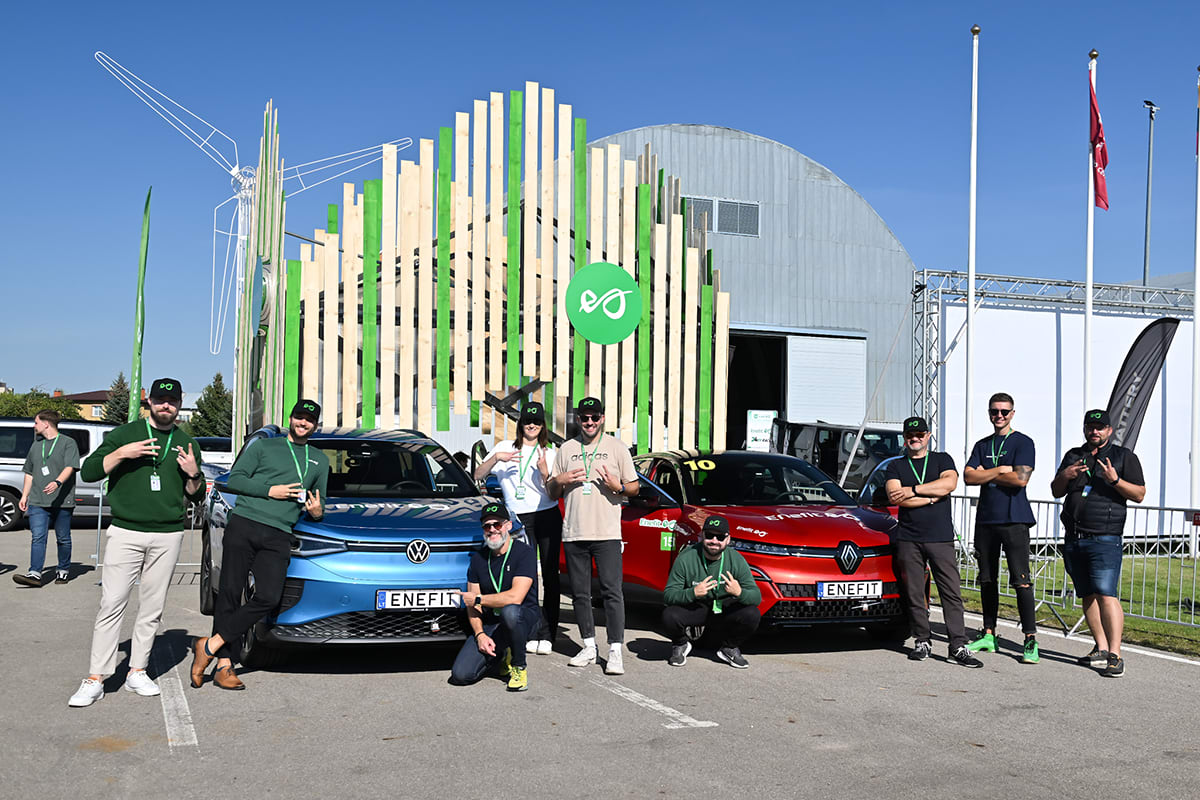
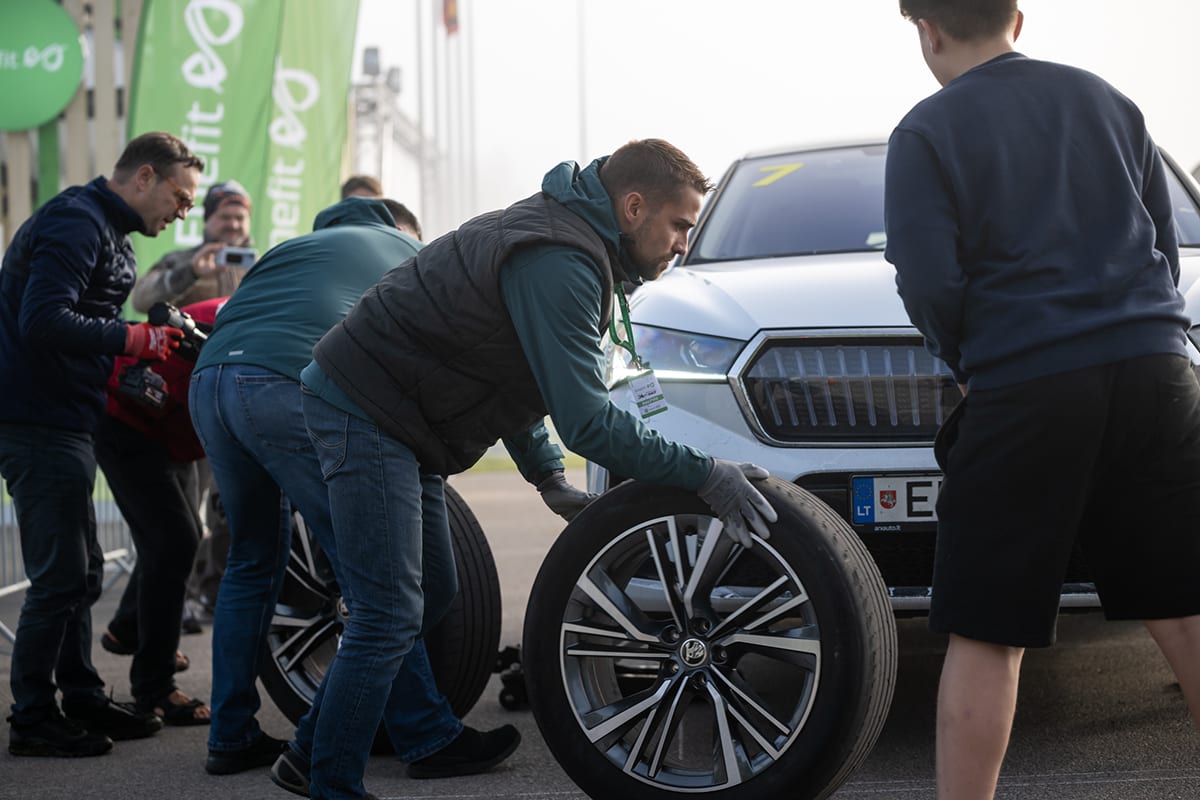
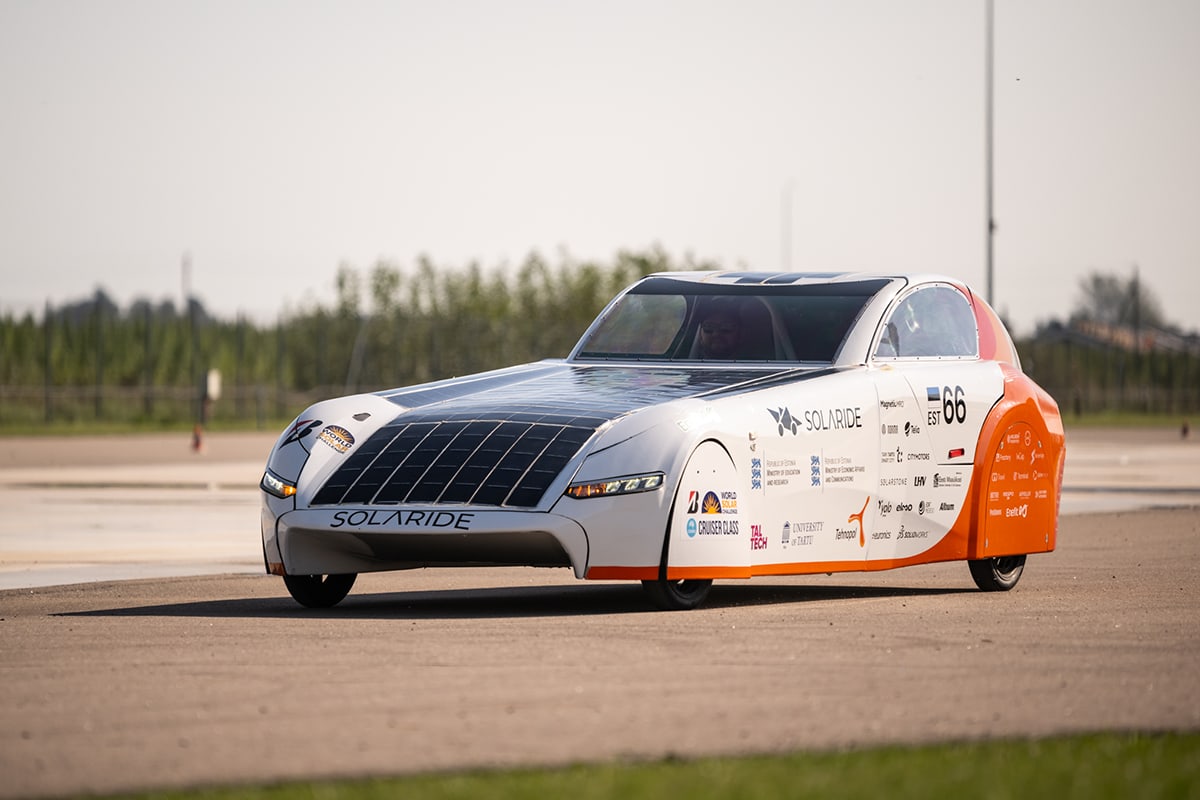
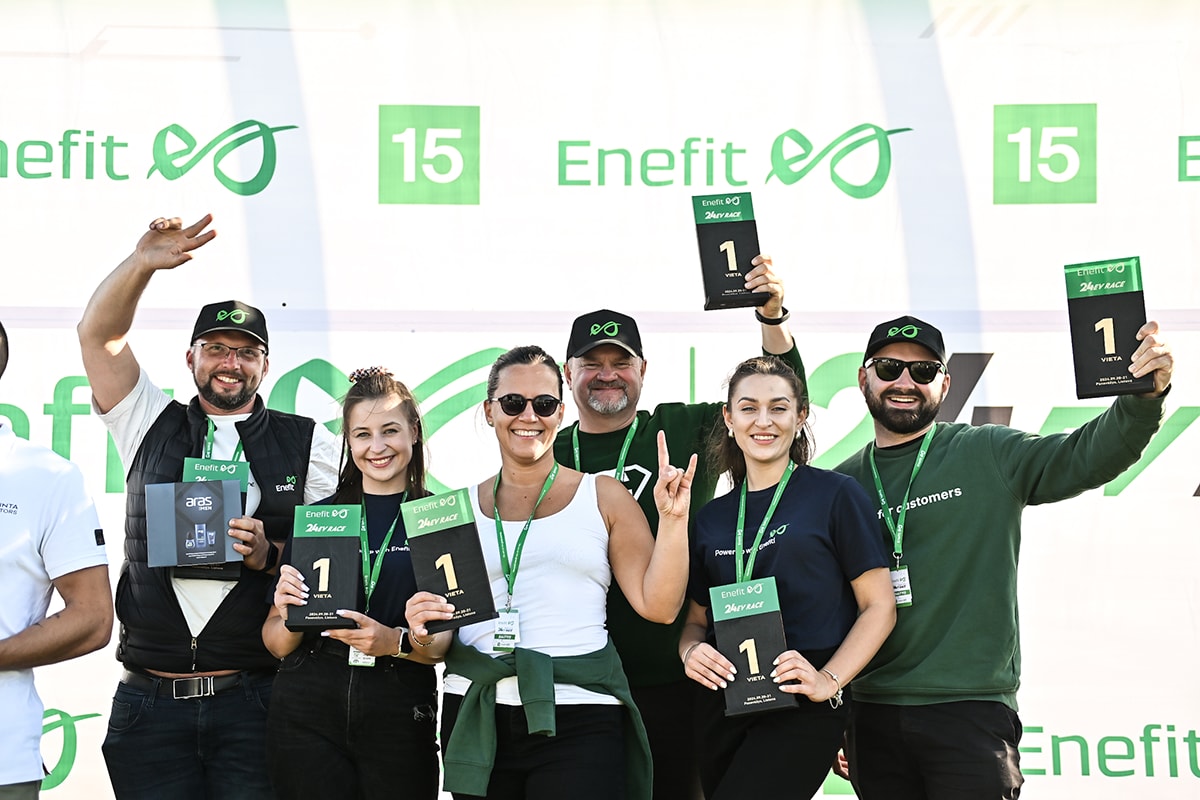
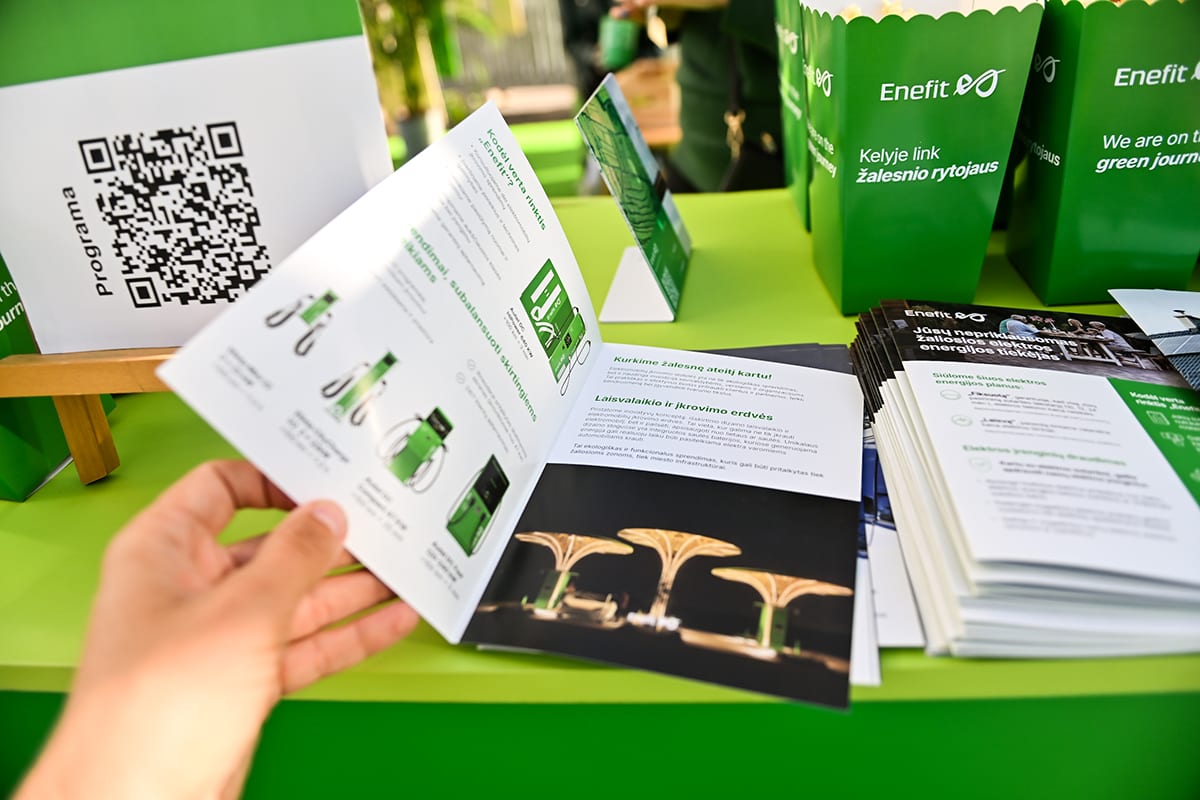
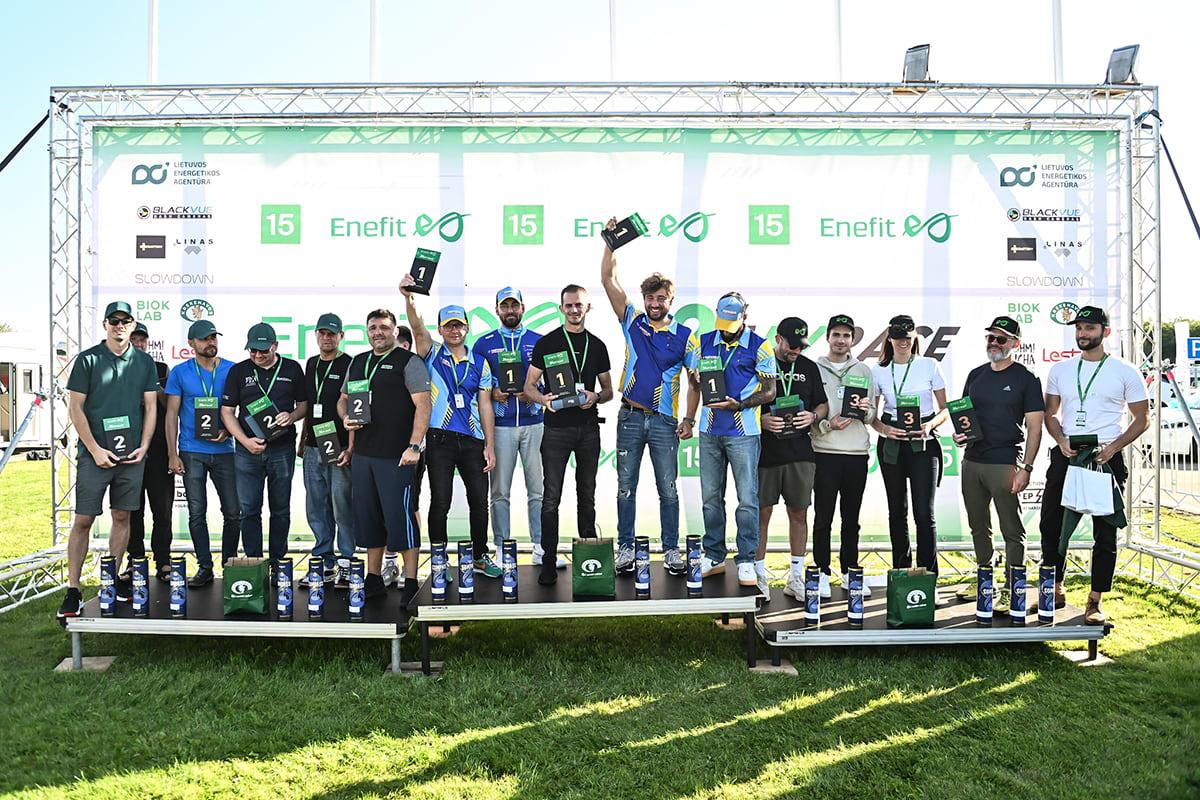 The captains of the Enefit teams were Tomas Bertulius and Marius Juskevicius, and the team included Arnas Dausevicius, Renata Šiauciuliene, Valdemar Fjodorovic, Sander Randver, Robert Tamulevicius, Ignu Valbas, Vytenius Koryzna, Rasa Gutauskiene, Kert Pääbo and Robert Järviste.
The captains of the Enefit teams were Tomas Bertulius and Marius Juskevicius, and the team included Arnas Dausevicius, Renata Šiauciuliene, Valdemar Fjodorovic, Sander Randver, Robert Tamulevicius, Ignu Valbas, Vytenius Koryzna, Rasa Gutauskiene, Kert Pääbo and Robert Järviste.
